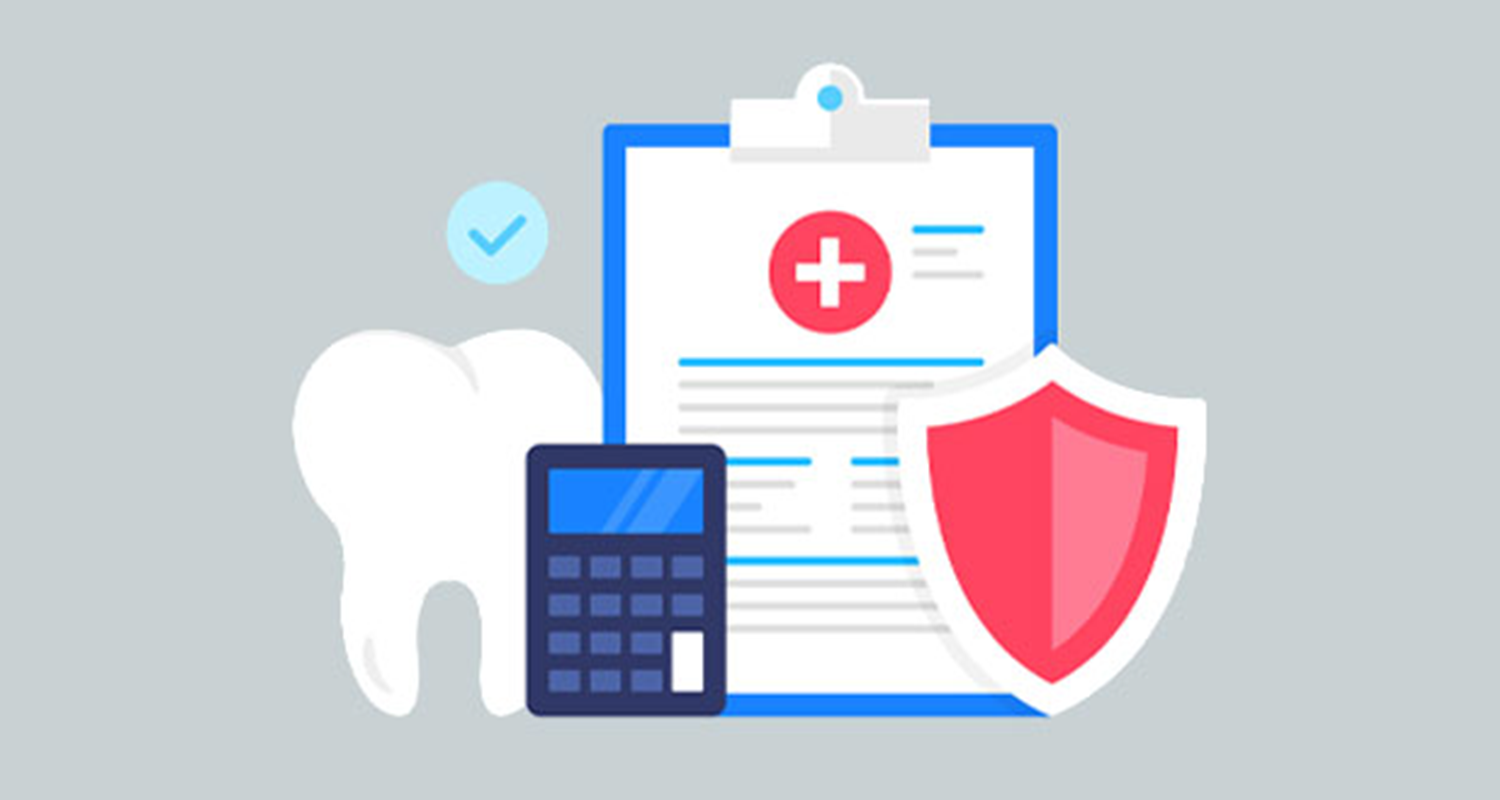When creating, sending, and following up on claims, don’t forget these four important elements.
Having a routine for sending and following up on outstanding insurance claims can help your office to get paid more quickly for those claims. I’ve found that having a schedule for completing each task can be helpful to ensure all insurance claims are paid in a timely manner.
Create and Send Claims Daily
I recommend that offices batch all insurance claims, and then send all the claims once or twice a day. When you send eClaims, you receive several reports back. If you send each claim individually, you’ll end up with lots of individual reports to go through. Instead, send all the claims at the end of each day to limit the number of reports you’ll receive back. Or if your office sends a lot of claims, you may want to send them at lunch time and then again at the end of the day.
The Fast Checkout option in the Dentrix Ledger is a great way to ensure that all insurance claims are being batched for each patient.
Check For Claims That Haven’t Been Created
In the Office Manager, there’s a button you can click prior to sending dental insurance claims. When you click this button, the Create Batch Primary Dental Insurance Claims window appears, where you can search for any procedures within a selected date range (and for selected providers and billing types). If procedures without insurance claim created are found, Dentrix will create the claim and send it to the batch.

You can also generate the Procedures Not Attached to Insurance Claims Report if you wanted to review the individual procedures first, without automatically creating claims, and then create claims manually.
Follow Up on Outstanding Claims
On a weekly basis, I recommend following up on outstanding claims using the Insurance Aging Report. Update the claim status notes within the claim to track what is going on with claims. You can even print the claim status notes on the Insurance Aging Report to quickly see the status while you are working on the report.
Develop a system that works for your office to ensure that a claim’s status is checked regularly. Occasionally you may have to contact the insurance carrier directly to discuss a claim. Make sure your team is entering all pertinent contact information into the Insurance window (phone number, website, and email) to make this process easier.
Receive ERAs Electronically to Get Paid Faster
Register to receive ERAs instead of paper EOBs to get paid faster. By doing so, you’ll receive ERAs much quicker than waiting for a paper EOB in the postal mail. It also makes the process of posting insurance payments quicker and easier since Dentrix reads the ERA and posts payments and necessary adjustments to each claim for you. That can eliminate the risk of posting errors.
Since insurance payments usually make up a large portion of a dental practice’s accounts receivables, the crucial tasks of filing insurance claims, following up them, and then receiving payment as quickly as possible should be performed on a daily and weekly basis. Develop a process that works for your office, so you get paid quickly and maintain a healthy cash flow.
Learn More
For additional information, read the following :
- Use Fast Checkout to Create Claims Automatically
- Procedures Not Attached to Insurance Claims Report
- Finding the Information You Need on the Insurance Aging Report
- Updated Claim Status Notes
- Accessing Insurance Information
- Registering to receive ERAs

By Charlotte Skaggs
Certified Dentrix Trainer and The Dentrix Office Manager columnist
Charlotte Skaggs is the founder of Vector Dental Consulting LLC, a practice management firm focused on taking offices to the next level. Charlotte co-owned and managed a successful dental practice with her husband for 17 years. She has a unique approach to consulting based on the perspective of a practice owner. Charlotte has been using Dentrix for over 20 years and is a certified Dentrix trainer. Contact Charlotte at [email protected].





